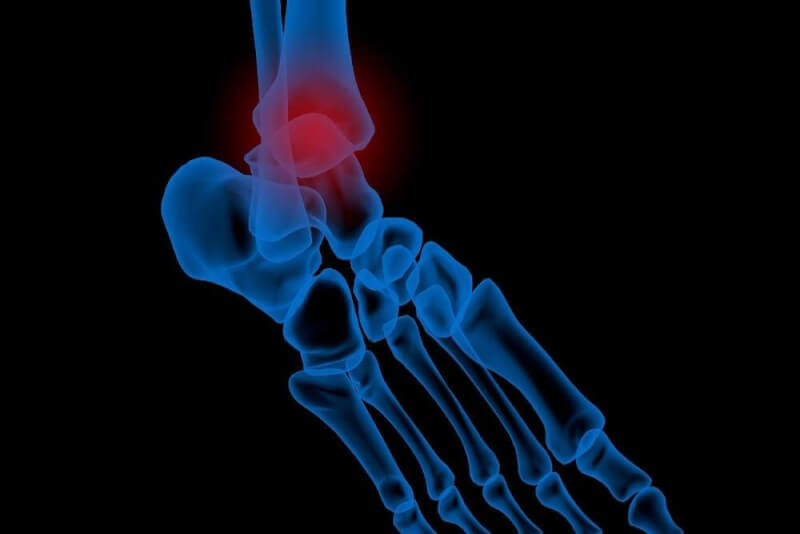After back and neck pain, shoulder pain is the most common type of pain in our society. It is one of the serious health problems that can significantly affect a person’s daily life and work life. The most common cause of shoulder pain is shoulder impingement syndrome. This includes a wide range of conditions, including painful conditions such as tendonitis or bursitis, as well as serious muscle tears.
What is Shoulder Impingement Syndrome?
The shoulder joint, one of the most mobile joints of the human body, is actively and intensively used during daily life movements. The collarbone, scapula and humerus are among the bone structures that make up the shoulder joint. Shoulder impingement syndrome occurs when the muscles that allow the arm to move sideways, forward and backward are squeezed between these bone structures and the ligaments that connect them.
What Causes Shoulder Impingement Syndrome?
Shoulder impingement syndrome, which occurs due to internal causes of the shoulder muscle tendon or external causes outside the tendon, usually occurs as a result of overuse of the shoulder joint. In some cases, both internal and external causes related to the tendon of the muscle can be seen together. External causes include congenital or acquired abnormalities of the bone structures in the area and calcification of the ligaments due to various causes. Internal causes are the wear and tear of the tendons in the region over time due to decreased blood supply, first partial and then complete tears.
Known and most common risk factors for impingement syndrome are occupational groups that perform overhead movements, some sports, sudden and forceful movements and wear and tear in joint structures due to aging.
What are the Symptoms of Shoulder Impingement Syndrome?
The most common symptom of shoulder impingement syndrome is shoulder pain that occurs during arm movements. The pain that occurs especially with overhead movements can become persistent over time and can lead to sleep problems at night. In shoulder impingement syndrome, pain can radiate from the shoulder to the forearm and side of the arm. Lying on the shoulder with shoulder pain can aggravate the pain. In advanced stages, shoulder movements become extremely painful and for this reason, people limit their shoulder movements. It is also likely that weakness in the shoulder and arm muscles will be seen in later periods.
What are the Risk Factors for Shoulder Impingement Syndrome?
There are various factors that influence the occurrence of shoulder impingement syndrome, which occurs due to overuse of the shoulder. These risk factors include;
- Doing sports
- Using the arms a lot in daily life,
- Fall on the shoulder,
- Disturbances in anatomical structure,
- Overstrain of the muscles in sudden movements,
- Difficulty reaching high places,
How is Shoulder Impingement Syndrome Diagnosed?
For the diagnosis of shoulder impingement syndrome, the patient’s history is first taken. The physicians then perform a detailed physical examination of the patients and a diagnosis is made. During the examination, traumas such as movements, falls, sports and bumps that cause strain on the shoulder are questioned. Imaging modalities such as ultrasound, X-ray or magnetic resonance imaging are also needed depending on the clinical condition of the patient. Finally, in order to diagnose shoulder impingement syndrome, other imaging methods and laboratory examinations may be used to exclude other causes of pain in the shoulder area.
Shoulder Impingement Syndrome Treatment
In the early stages of shoulder impingement syndrome, patients are advised to avoid movements that strain the arm. Activities and movements, especially above head level, are restricted. In addition, intermittent cold application, anti-inflammatory and pain-reducing drug treatments are also applied during this period.
Steroid Applications
Intra-articular steroid injections can be administered in cases of severe pain and significant limitation of movement. If the shoulder joint is completely immobilized, it will cause frozen shoulder syndrome and muscle weakness, so it is recommended to perform exercises that do not increase pain during this period.
Physical Therapy Applications
One of the important steps in the treatment of shoulder impingement syndrome is physical therapy applications. In these applications, methods such as ultrasound, hot and cold applications, muscle strengthening current treatments, pain relief current treatments, dry needling, manual therapy, hilter therapy and taping are used.
Exercise
The sine qua non for the treatment of shoulder impingement syndrome is exercise. In order to strengthen the muscles of the shoulder region in particular and for the treatment to be successful, appropriate exercise should be performed regularly.
Surgical Intervention
Surgical treatment is recommended for patients who do not get results despite the shoulder impingement syndrome treatments or in whom complete rupture of the tendons is detected in imaging methods. In the treatment of shoulder impingement syndrome, arthroscopic or open surgical procedure can be applied. With this operation, the structures causing the impingement are corrected and tendon tears are repaired. In order to regain joint mobility after the operation, exercise applications should be performed to strengthen the muscles in the region..










